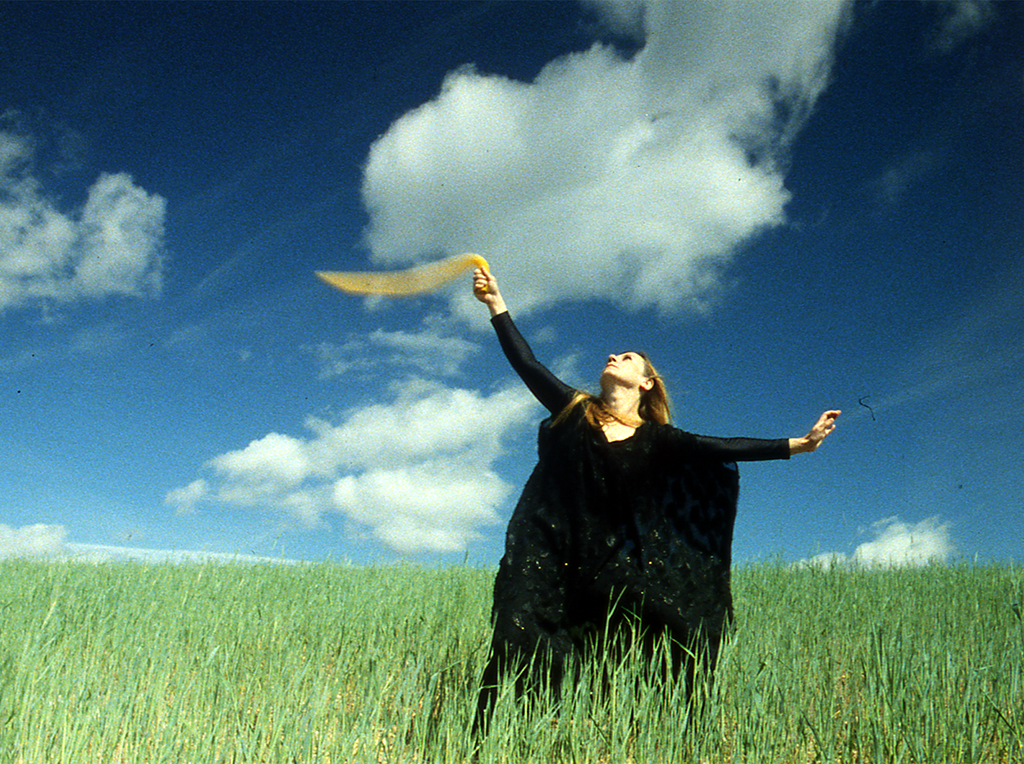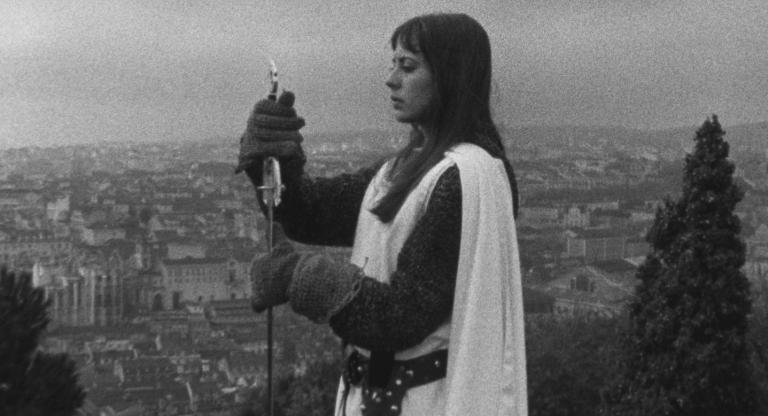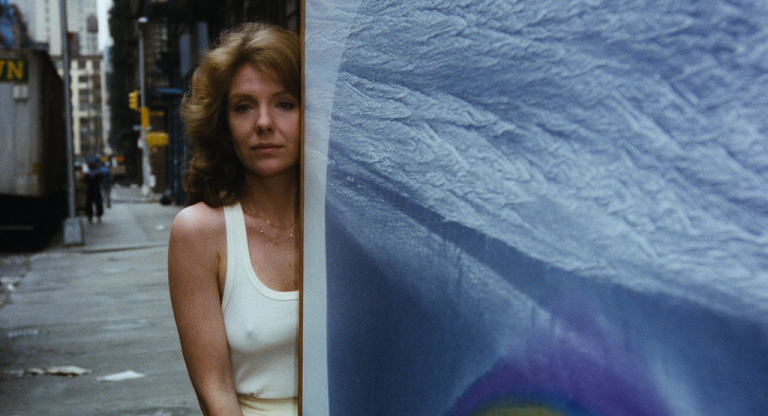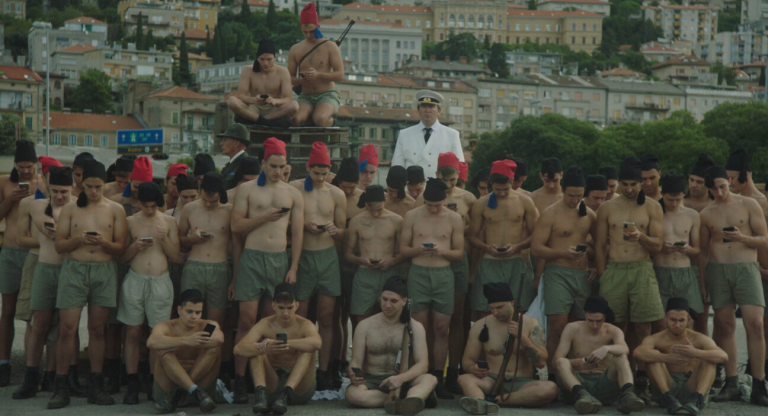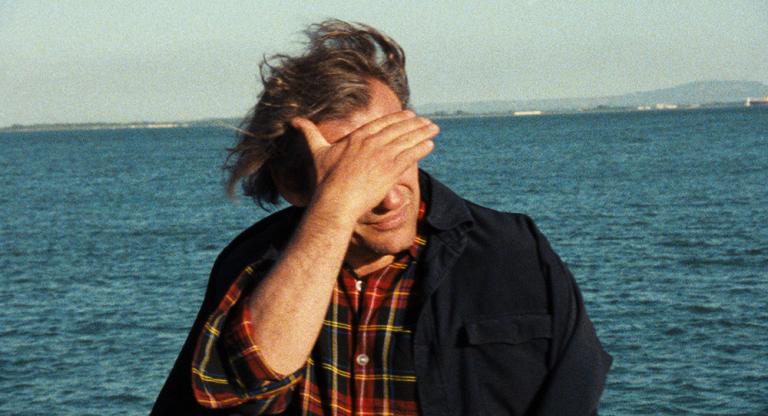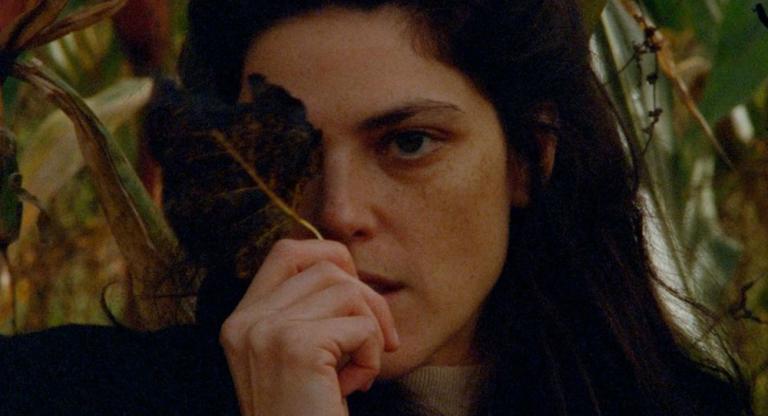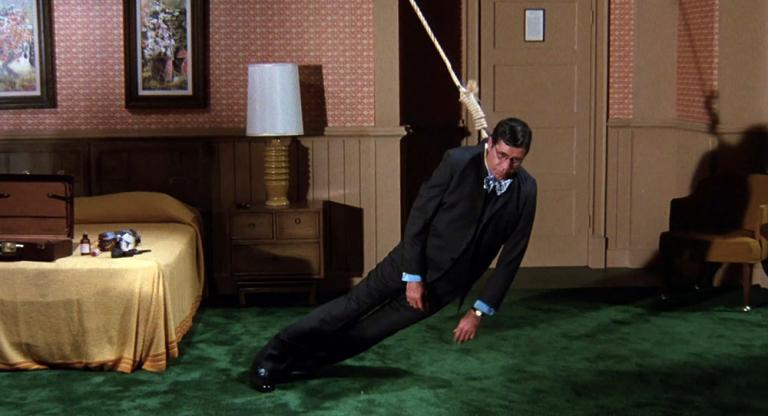One of my biggest objections to many of the films that pass through the festival circuit today is the phony cosmopolitanism of many productions: films made from nowhere, but seemingly addressed to everyone, made with big “international” casts who nonetheless speak the same lingua americana. All the more reason to praise those filmmakers, few as they are, who work with both feet on the ground. “We need to make specific films, for specific languages, in specific places, about specific questions,” wrote Jean-Marie Straub and Danièle Huillet in 2001, in response to a questionnaire about the impact of globalization on film production. Representative of this tendency against the global is another filmmaking couple, António Reis and Margarida Cordeiro, whose informal trilogy of films shot in the rural northeast of Portugal—Trás-os-Montes (1976), Ana (1982), and Rosa de Areia (1989)—offer a counter-example to today’s “internationalized” cinema. By the time they met in the 1960s, Reis was already a poet of local renown with several collections to his name, most notably his neorealist Poemas Quotidianos (1957) and its sequel volume two years later. Their first collaboration, the medium-length portrait film Jaime (1974), emerged from Cordeiro’s work as a psychiatrist. (Though she contributed to the film’s production, Cordeiro is not credited as co-director like she is on their following three films, at her request.) The film premiered on the eve of the Carnation Revolution of 25 April 1974. Describing his first impressions of the film, João César Monteiro—himself soon to be a director of importance—wrote: “the emergence of António Reis could be fundamental.”
Here in the United States, appreciation for this Portuguese filmmaking duo can largely be traced to the 2012 retrospective of their work at the Harvard Film Archive organized by Haden Guest, titled “The School of Reis,” in reference to Reis’s influential years as a professor at the Escola Superior de Teatro e Cinema in Lisbon. There, he mentored many of the emerging talents in Portuguese cinema, among them Vítor Gonçalves, Manuela Viegas, João Pedro Rodrigues, and Pedro Costa, who said of Trás-os-Montes that it “reconciled me with my country and my language.” (The film critic and programmer Edward McCarry recently conducted a new interview with Costa on his relationship with Reis and Cordeiro, available on Metrograph’s Journal.)The achievement of this first retrospective was not just the importance it bestowed on Reis and Cordeiro’s body of work, but how it helped draw a through-line connecting many of the great Portuguese directors of the last few decades. For most of the last century, discussion of Portuguese cinema was singularly dominated by Manoel de Oliveira, at one point the oldest living filmmaker and the only one to direct films in both the silent and digital era.
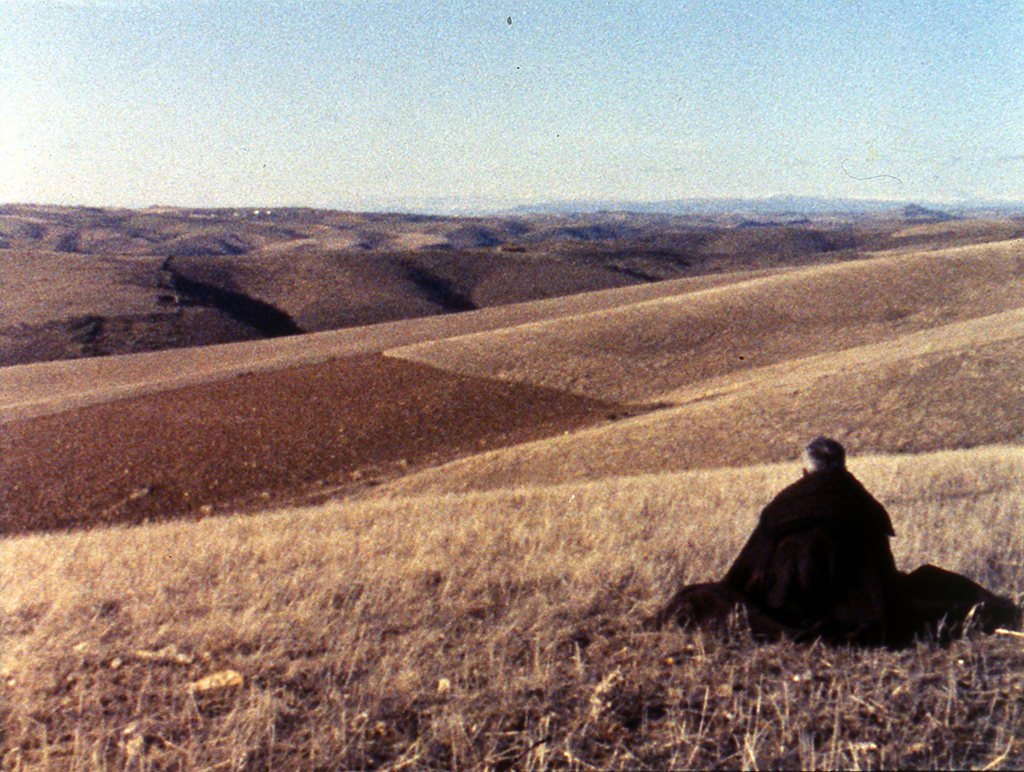
Reis was invited by Oliveira to work on Rite of Spring (1963), an experimental feature through which the latter reinvented his film style after a nearly 20-year hiatus. But Reis later said that the style he and Cordeiro were trying to develop through their films ran perpendicular to Oliveira’s. Oliveira made films about grand historical narratives, first of Portugal and eventually of humanity as a whole. Reis and Cordeiro pursued the opposite, favoring the regional against the national. “The Northeast is up for auction,” said Reis, describing his intentions for the production that became Trás-os-Montes. “We’re not up for auction. Our responsibility is not up for auction.” Their films are made in search of what could be called the organic artist, in Antonio Gramsci’s sense of the term, whose untrained artistic expression is born from their rootedness in the places they live.
Jaime is a tribute to the drawings of a recently-deceased schizophrenic patient at the hospital where Cordeiro worked, who at the age of 65 began obsessively sketching images of animals and other patients in a style similar to the Austrian painter Wols and, in some cases, Paul Klee. Left with only a single photograph of the artist, Reis and Cordeiro film the interiors of his room, tracking their camera around the circular rotunda of the patients’ quarters, intercut with records of the drawings. “My goal was at least to safeguard on film the drawings he left behind,” Reis told Monteiro in an interview. “If it had been a work of pure filmic archaeology, I would’ve been happy, since I know that a large part of his art has disappeared.”
These same strategies are repurposed for the couple’s three features, recapturing some of the oral traditions of the villages in the Trás-os-Montes region of the northeast. As a poet, Reis spent the ‘50s traveling through Portugal, refining the style of his writing to match the terse regional dialects of those he lived with. This same method informed their filmmaking, highly collaborative and completed across several years, working in off-hours and out of season. “We never filmed anyone without becoming their comrade or friend first,” they told Cahiers du cinéma when asked about their approach in Trás-os-Montes. Even where they borrow from established literature, such as Franz Kafka in Trás-os-Montes or Michel de Montaigne in Rosa, it is translated into local dialect. The point is not to adapt the region to the work, but the work to the region. The approach defies easy definition. Is it documentary? Is it ethnography? Is it archaeology? (One of the characters in Ana studies ancient Mesopotamia.) Is it (auto)fiction? (One of the stories told in Trás-os-Montes, of a young girl whose father leaves for Argentina, is based Cordeiro’s mother and grandfather. ) Here might be the place to mention the mutual development, not spoken about enough, of their cinematographer, Acácio de Almeida, whose eye for a particular balance of light, color, and shadow has come to serve as the signature look of the last half-century of Portuguese art cinema. Revisiting these works, recently restored by the Cinemateca Portuguesa, cements his claim to a place alongside Raoul Coutard, Néstor Almendros, and Sven Nykvist as one of Europe’s greatest DPs.
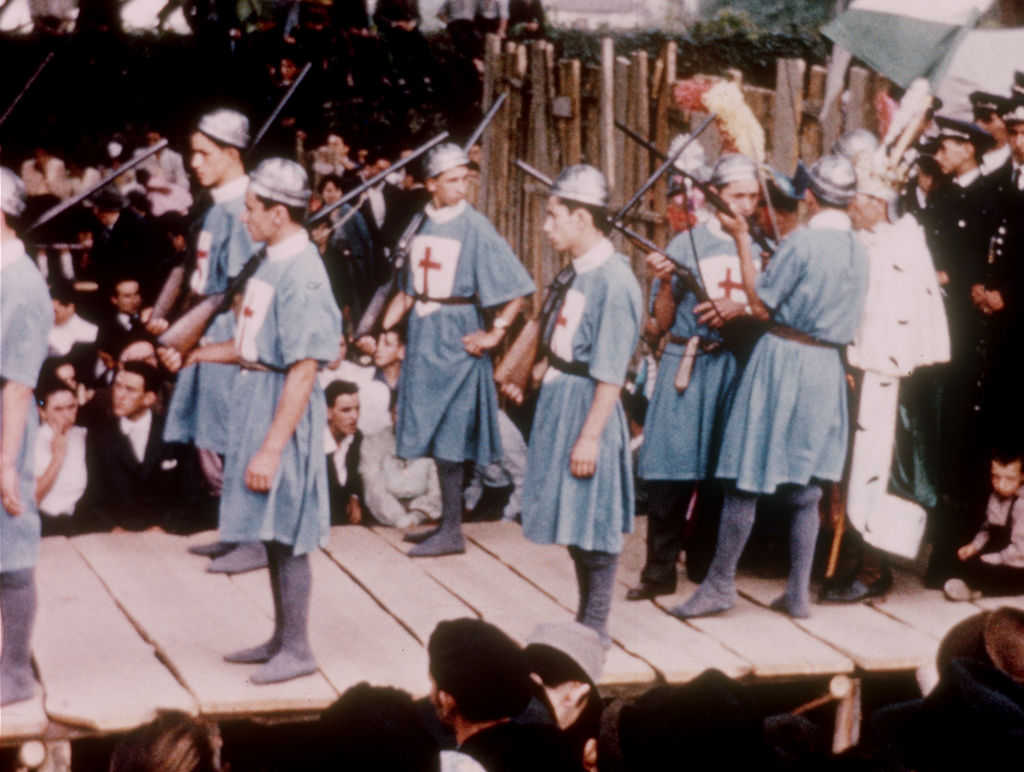
One of the advantages of this new retrospective organized by the film troupe The Theater of the Matters is the US premiere of these new restorations. The other is that it includes three earlier films directed by Reis in the ‘50s and ‘60s, rediscovered in the years since the Harvard retrospective. The largest and earliest of these is O Auto da Floripes (1958), a document of a performance of the play produced by the Secção de Cinema Experimental of the Cine-Clube do Porto, of which Reis was an active member. The following two are credited both to António Reis and César Guerra Leal. Paineis do Porto (1963), shot around Reis’s hometown in the north, is the least like his other films, done as if in homage to the experimental city films of the 1920s. Narrating the action are poems by several authors, including one by Reis himself. Do Céu ao Rio (1964), like Jean-Luc Godard’s early short Opération béton (1958), records the massive industrialization of the countryside. All three bring to mind the contemporaneous short film work of the Sicilian filmmaker Vittorio De Seta, another chronicler of peasant labor and maker of stylized, naturalistic tone poems who likewise has only recently begun to get his due.
Allow me one final comment, on Cordeiro. Though all three of the couple’s features bear her name equally on the credits, it is sometimes the case that her contributions to the films are diminished relative to Reis. Some critics have even written that, upon the latter’s death in 1991, Cordeiro retired from filmmaking, though it should be clarified this is not exactly right. In fact, as the Portuguese director Joaquim Pinto recently revealed in an interview with McCarry that was conducted for this retrospective, Cordeiro’s attempts to direct another feature were stifled by the Portuguese Film Institute, which denied her funding on the sexist assumption that she would be unable to direct without her husband. With this in mind, it is worth quoting her from an extensive 1997 interview, “An Infinite Dialogue,” on their collaboration: “We were both, each of us, responsible for 100 percent of each film.”
Theater of the Matters x António Reis and Margarida Cordeiro runs February 23-27 at Metrograph.
